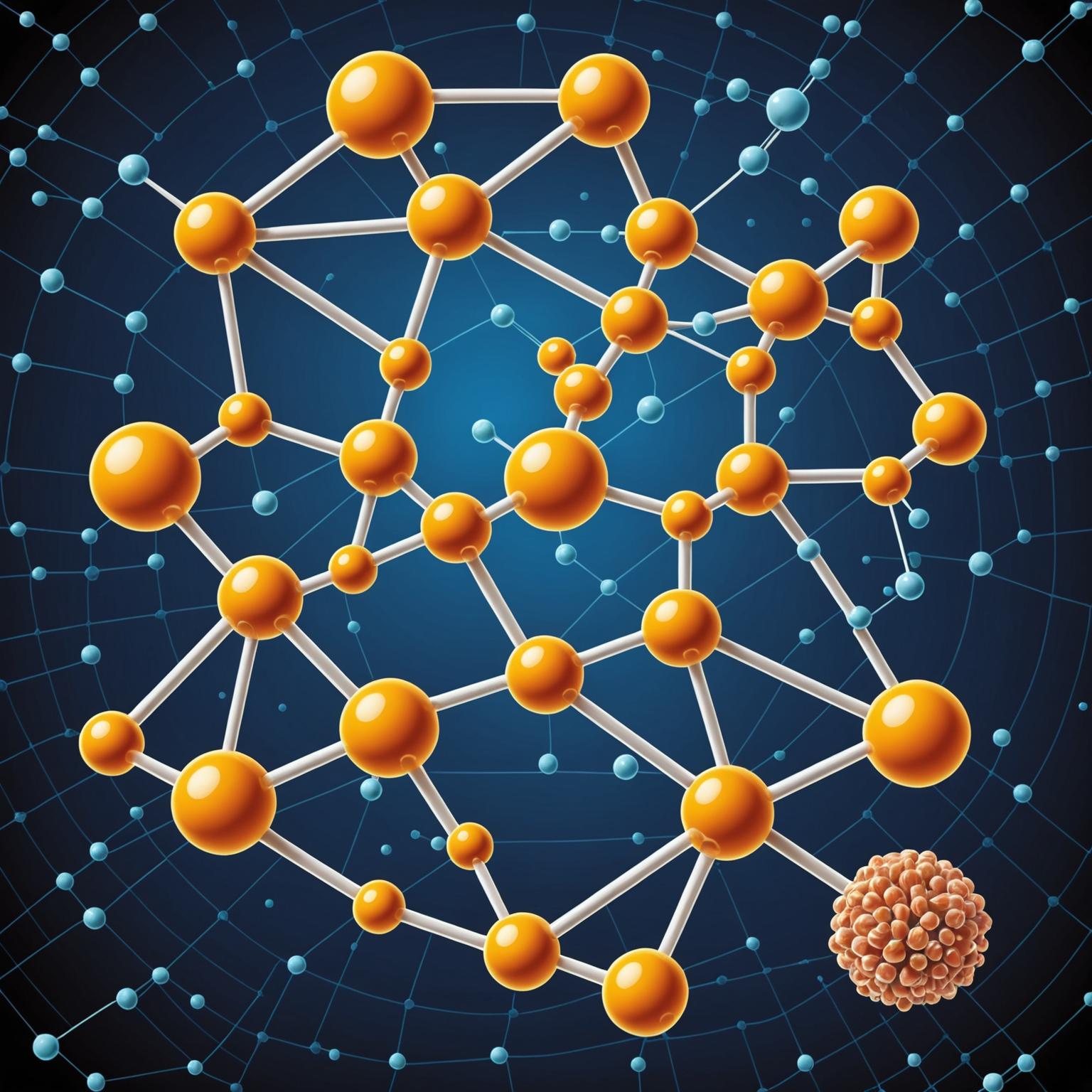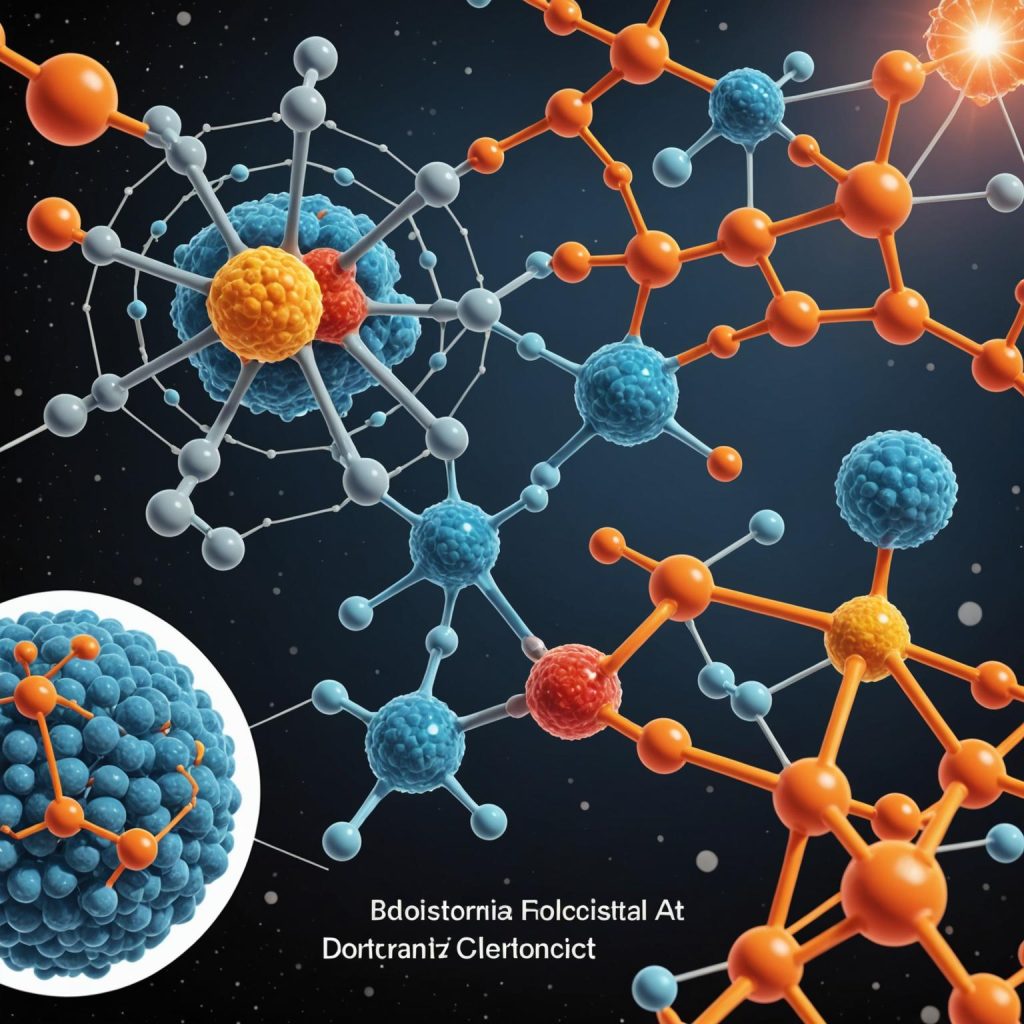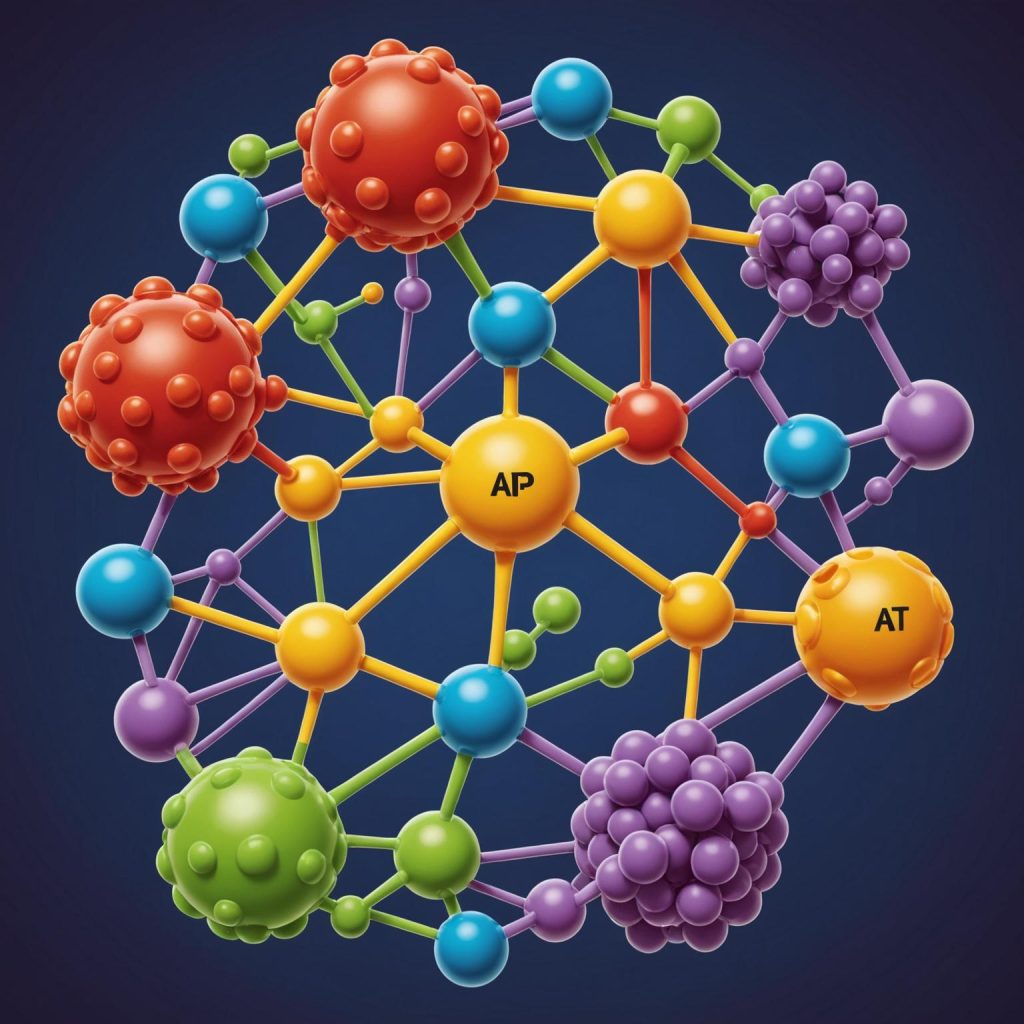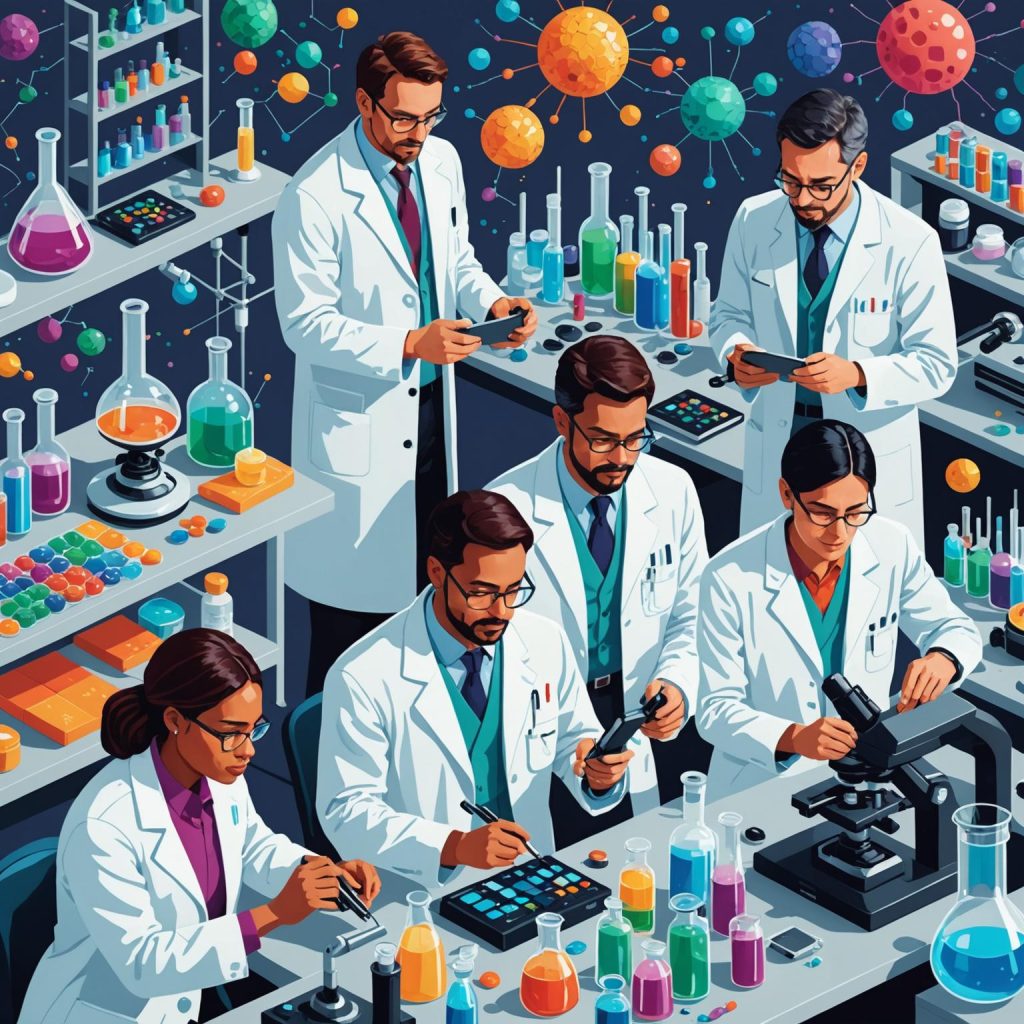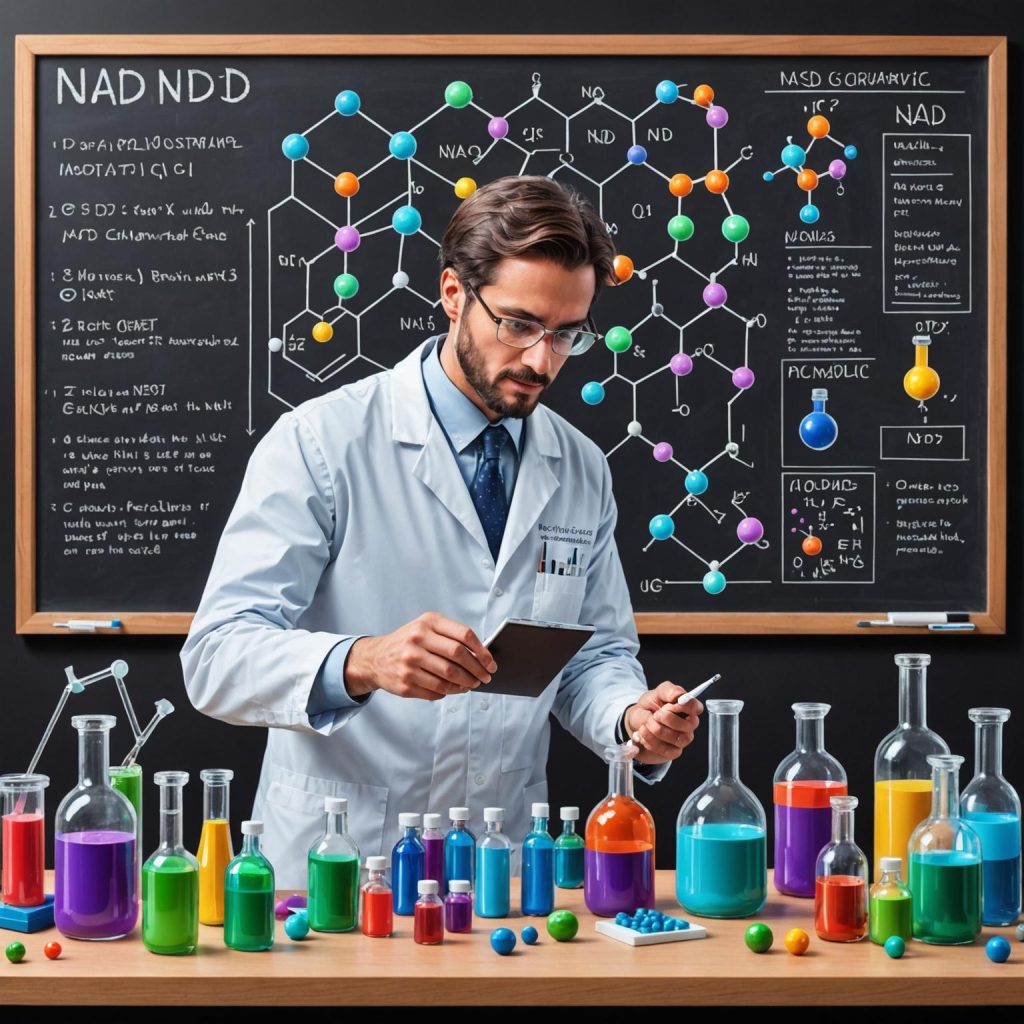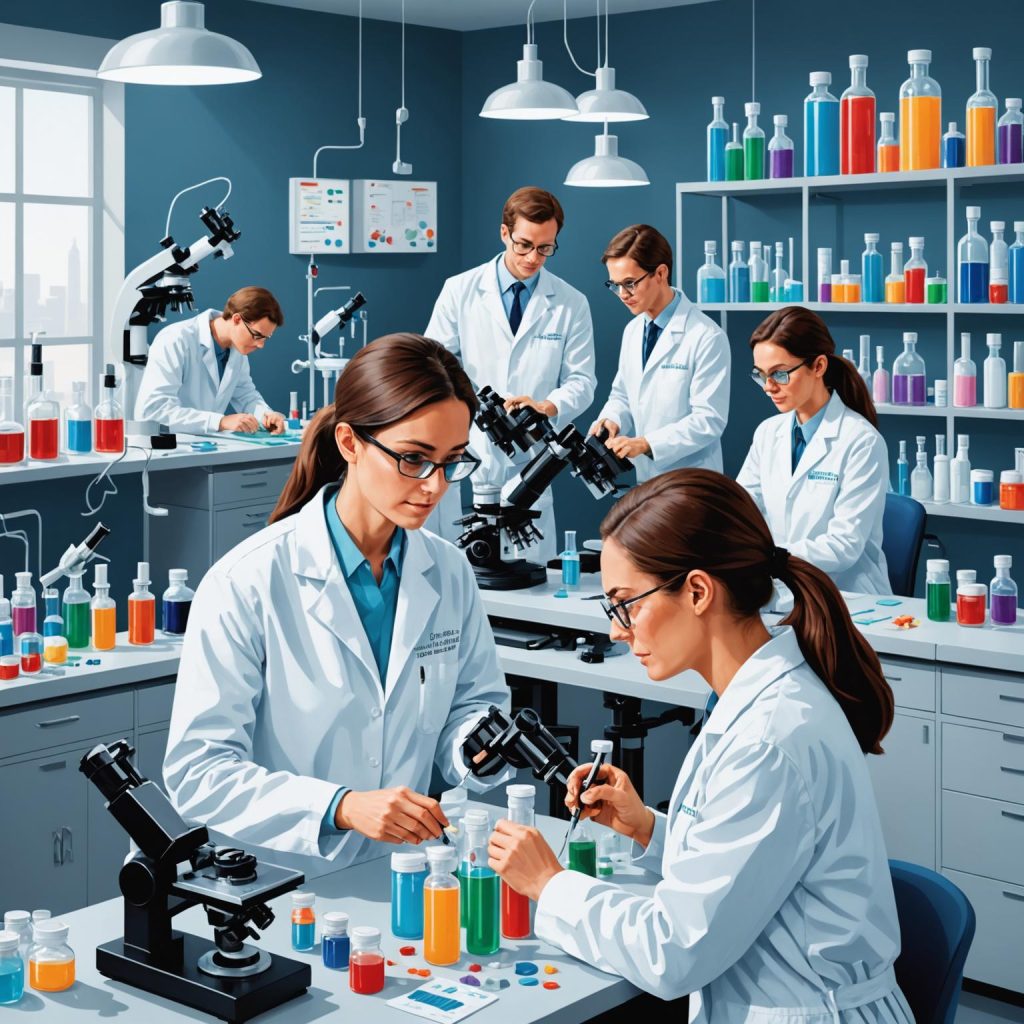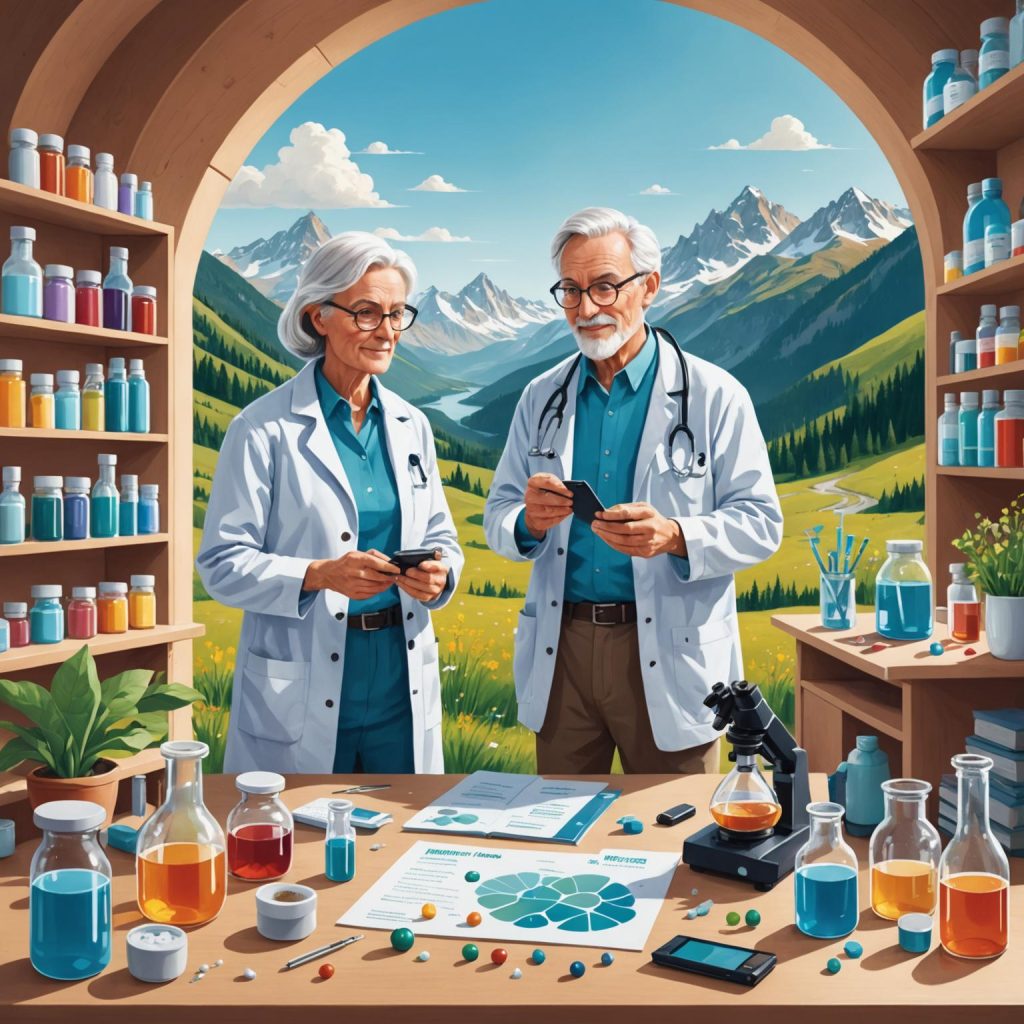Adenosine Triphosphate, universally known by its abbreviation ATP, is the fundamental molecule that serves as the principal energy currency for all forms of life on Earth. From the smallest bacterium to the largest mammal, every living cell relies on this molecule to power its metabolic activities. Without a constant supply of ATP, cellular processes would cease, and life as we know it would be impossible. It is often referred to as the ‘molecular unit of currency’ for intracellular energy transfer, facilitating the conversion of energy from food sources into a usable form for cellular work.
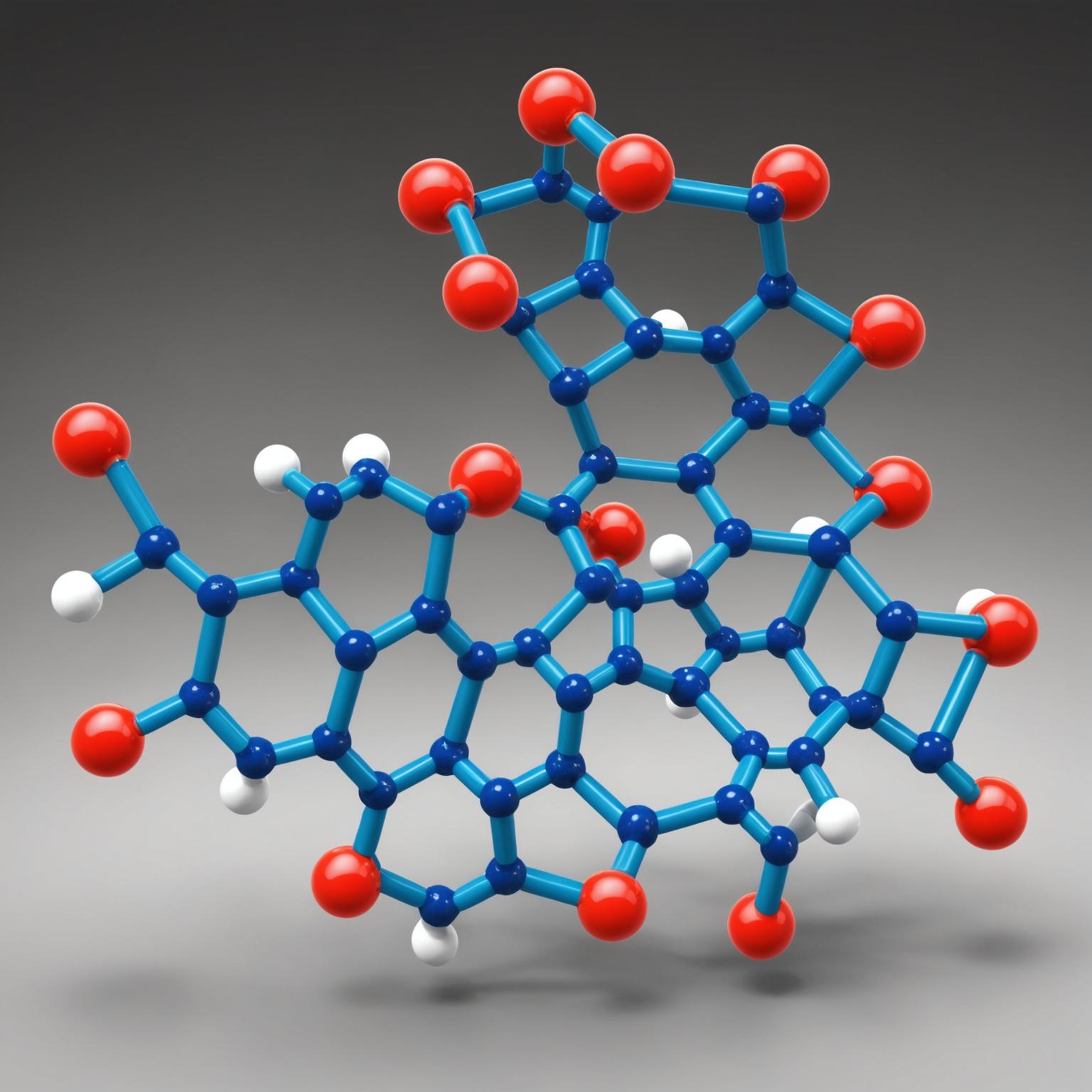
The Molecular Structure of ATP
To understand how this molecule functions, it is essential to first examine the ATP structure. The molecule is composed of three main components: a nitrogenous base called adenine, a five-carbon sugar called ribose, and a chain of three phosphate groups. These three parts together form a nucleotide. The key to its energy-storing capability lies within the bonds connecting the three phosphate groups. These are known as phosphoanhydride bonds, and they are considered high-energy bonds. When the bond holding the terminal phosphate group is broken through hydrolysis, a significant amount of energy is released, which the cell can then harness for various tasks.
The Crucial Functions of ATP
The scope of ATP functions within a cell is vast and critical. This energy is deployed to drive three major types of cellular work: mechanical, transport, and chemical. Mechanical work includes physical movements, such as the contraction of muscle fibers and the movement of cilia or flagella. Transport work involves pumping substances across cell membranes against their concentration gradient, a process known as active transport. This is vital for maintaining the correct concentrations of ions and molecules inside the cell. Finally, chemical work involves supplying the energy needed for endergonic reactions—metabolic reactions that require an energy input to proceed, such as the synthesis of proteins and other large biomolecules. In essence, the breakdown of ATP provides the necessary power for nearly every activity a cell undertakes.
The Process of ATP Synthesis
Given its constant use, a cell must continuously regenerate its supply of this vital molecule through a process known as ATP synthesis. This regeneration primarily occurs during cellular respiration, where energy stored in glucose and other organic fuels is systematically converted into ATP. The main stages of cellular respiration—glycolysis, the Krebs cycle, and oxidative phosphorylation—all contribute to this process. Oxidative phosphorylation is the most productive stage, where an enzyme complex called ATP synthase uses the flow of protons across the mitochondrial membrane to attach a phosphate group to Adenosine Diphosphate (ADP), reforming ATP. In plants and other photosynthetic organisms, ATP synthesis also occurs during the light-dependent reactions of photosynthesis, capturing light energy and converting it into chemical energy.
The ATP-ADP Cycle: A Renewable Resource
The cell’s energy economy is based on the constant cycling between ATP and its lower-energy counterpart, ADP. When ATP releases its terminal phosphate group to power a cellular process, it becomes ADP. This ADP molecule is not discarded; instead, it is quickly recycled back into ATP by the addition of a new phosphate group, a process powered by the energy derived from the breakdown of food molecules. This continuous ATP-ADP cycle acts like a rechargeable battery for the cell. A typical cell can have a billion molecules of ATP, yet this entire pool is recycled every one to two minutes, highlighting the immense energy demand of cellular life and the remarkable efficiency of this fundamental biological system.

